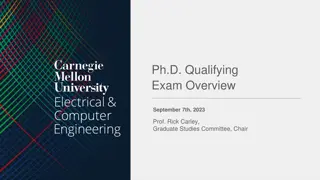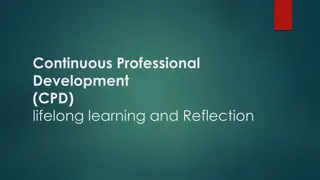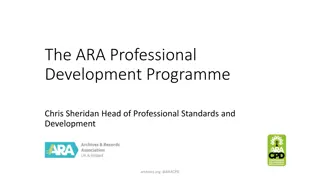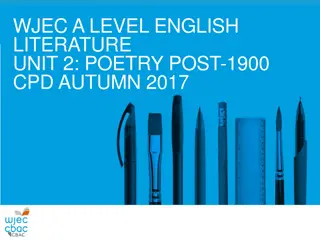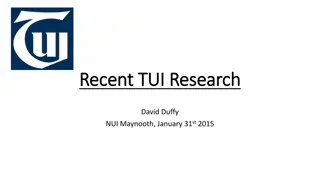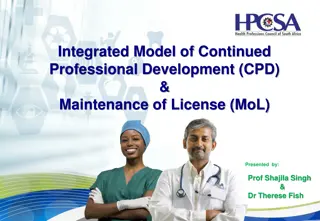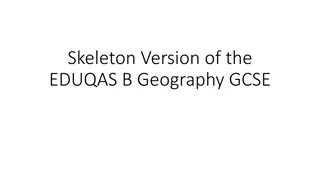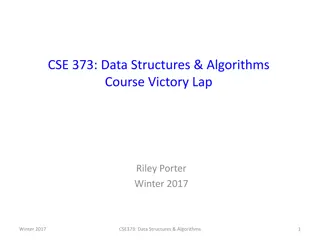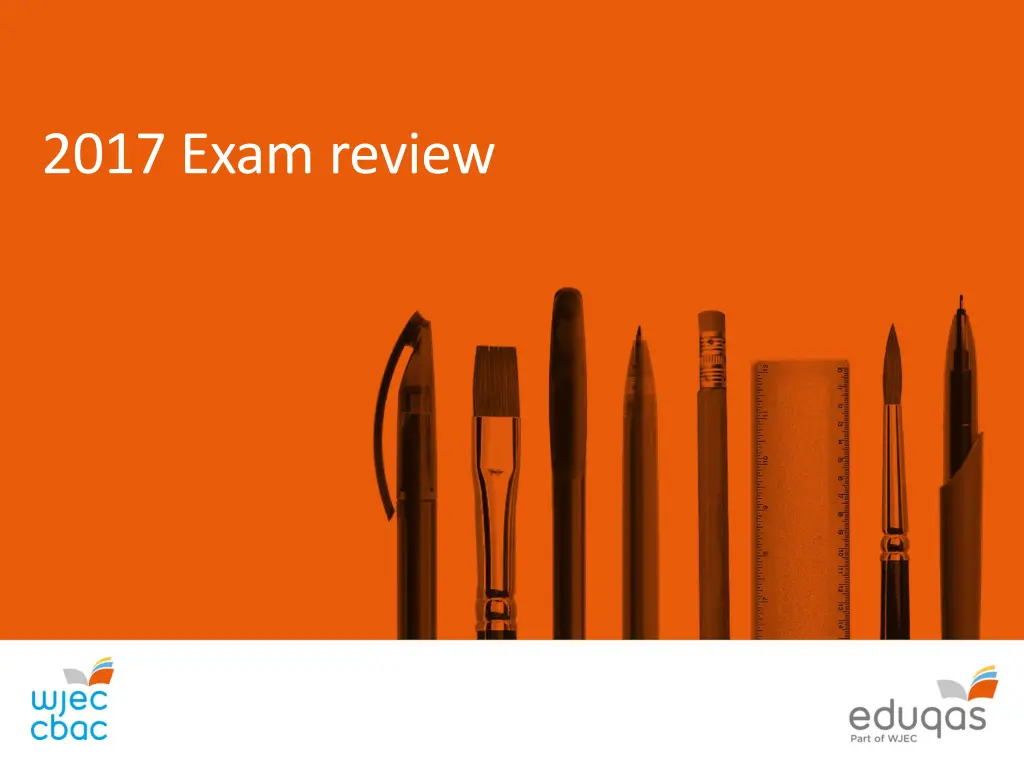
Effective Strategies for Psychology Exam Success
Gain insights into key observations and recommendations for excelling in psychology exams. Understand the importance of timing, reading questions carefully, and addressing assessment objectives to achieve the top marks. Explore specific tips for Component 1 - AS and how to enhance answers for different question types.
Download Presentation

Please find below an Image/Link to download the presentation.
The content on the website is provided AS IS for your information and personal use only. It may not be sold, licensed, or shared on other websites without obtaining consent from the author. If you encounter any issues during the download, it is possible that the publisher has removed the file from their server.
You are allowed to download the files provided on this website for personal or commercial use, subject to the condition that they are used lawfully. All files are the property of their respective owners.
The content on the website is provided AS IS for your information and personal use only. It may not be sold, licensed, or shared on other websites without obtaining consent from the author.
E N D
Presentation Transcript
Overall Observations Timing Reading the questions / understanding the assessment objectives
Component 1 - AS It is worth noting that 10 mark questions require a conclusion to reach the top mark band and that especially in AO3 questions if this was missing it limits the effectiveness of candidates answers. Most candidates did successfully identify the findings of experiment 1 of Loftus and Palmer and received marks accordingly; however the conclusion part of the question was generally poorly addressed.
Component 1 - AS Mindfulness tended to be lacking in appropriate terminology and answers were VERY repetitive with breathing techniques being the main focus of the answer. Centres must use the wealth of information that goes beyond textbooks. There are many types of mindfulness that can be considered e.g. Mindfulness Based Cognitive Therapy, Acceptance and Commitment Therapy etc.
Component 1 - AS There are 10 marks available for AO2 on each paper and in this series this was question 5. This question needed candidates to apply their knowledge of psychology to the question being asked in this case what was better: the biological or psychodynamic approach? To answer this they were asked to prepare a teachers response by comparing and contrasting the approaches, as long as the student had answered the what was best aspect of the question this allowed them to access the AO2 marks.
Component 1 - AS There was no need in this instance to refer to the teacher in the answer as application was seen through the drawing of the conclusions. Too many candidates just produced a generic compare and contrast response (AO3) and did not take it further and come to a conclusion about which was best, therefore no credit could be given for this as the candidates had not answered the question.
Component 1 - AS The debate questions require a mixture of both description and evaluation and this should be brought together with a conclusion reviewing what has previously been discussed rather than just a list of points made. It is worth noting that mini conclusions throughout do also attract credit. There was often range but not a lot of depth.
Component 1 A Level Again lack of AO2 skills let students down on this paper. Question 4 was not answered well across the board. Many students simply outlined the assumptions of the behaviourist approach and the links to human behaviour were basic. More often than not candidates were not clear on which behaviour they were applying the behaviourist approach to and some used animal research inappropriately.
Component 1 A Level Social implications were weak on the whole but the candidates that did discuss them did so well. With the debates it was pleasing to see that many candidates answered this question first with it carrying so many marks in this exam, however, the vast majority of answers were textbook led so did not attract top band marks due to restrictions on depth of knowledge.
Component 2 AS Level Peer review Few candidates were able to offer a reasonable explanation of how to complete a case study. Internal reliability AO2 - Marks will never be taken off for linking the answer to the novel situation, but marks are very frequently lost if the answer does not link well. The main areas that require attention are: Applying research methods terminology
Component 2 A Level The main areas that require attention are: Content analysis Operationalisation of variables and hypotheses Observational sampling techniques Internal reliability Assessing reliability
Component 3 A Level AO2 proved to be the weakest area. Where AO2 is required, candidates need to make explicit links to scenarios / statements / debates, making it clear that they understand the relevance of the material to the question that has been asked. Answers achieving in the highest mark bands made these links frequently throughout their answers, using signalling phrases such as this shows that , this supports the argument that and this can be linked to the scenario by .
Component 3 A Level The answers to the 'Controversies' questions were less well answered, with candidates appearing to rely on pre-prepared material which often did not address the question that had been asked. It is important for the students to relay to the examiner through their responses the essential skills needed to be shown the ability to be able to illustrate argument and the need to select appropriate evidence and link back to the title. It is essential to be able to convey clearly that students are debating the topic. Appropriate use of wording such as "however", "alternatively" "a counter argument of this is...." etc. is important.

